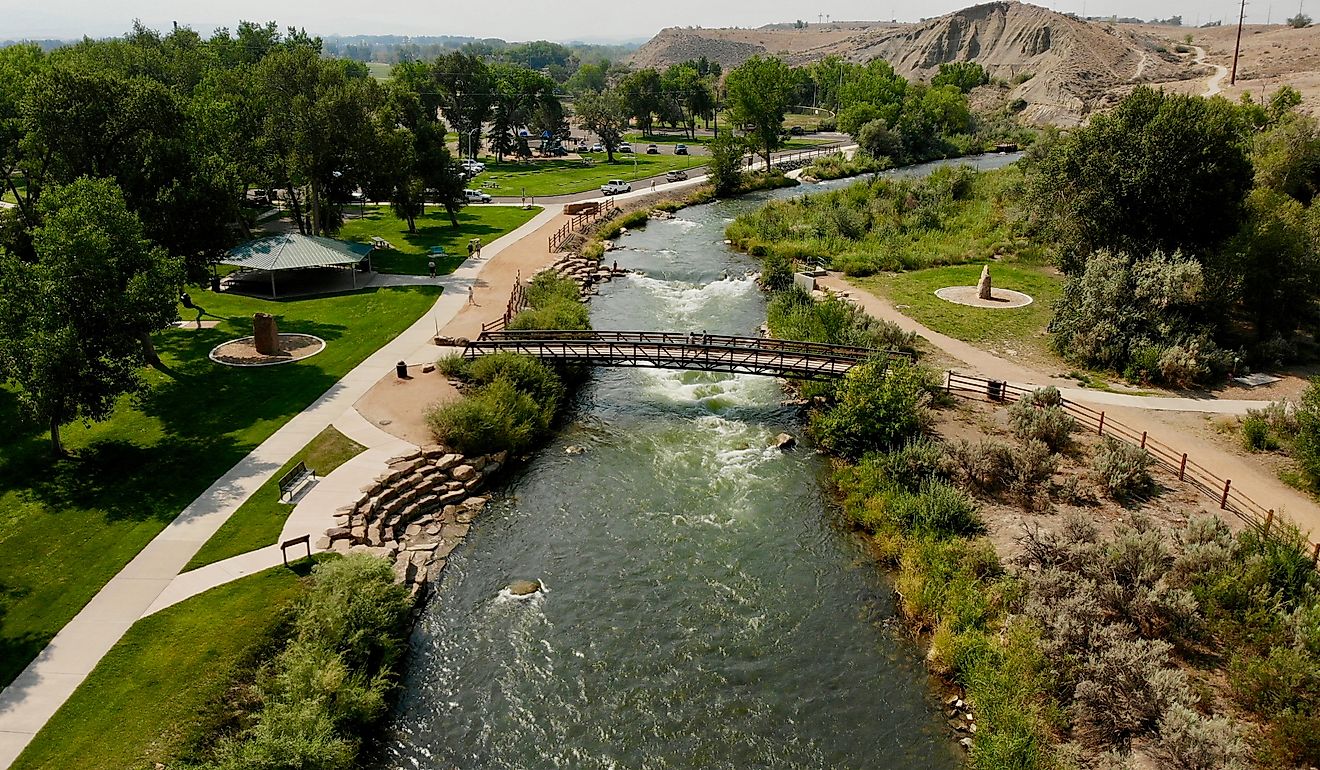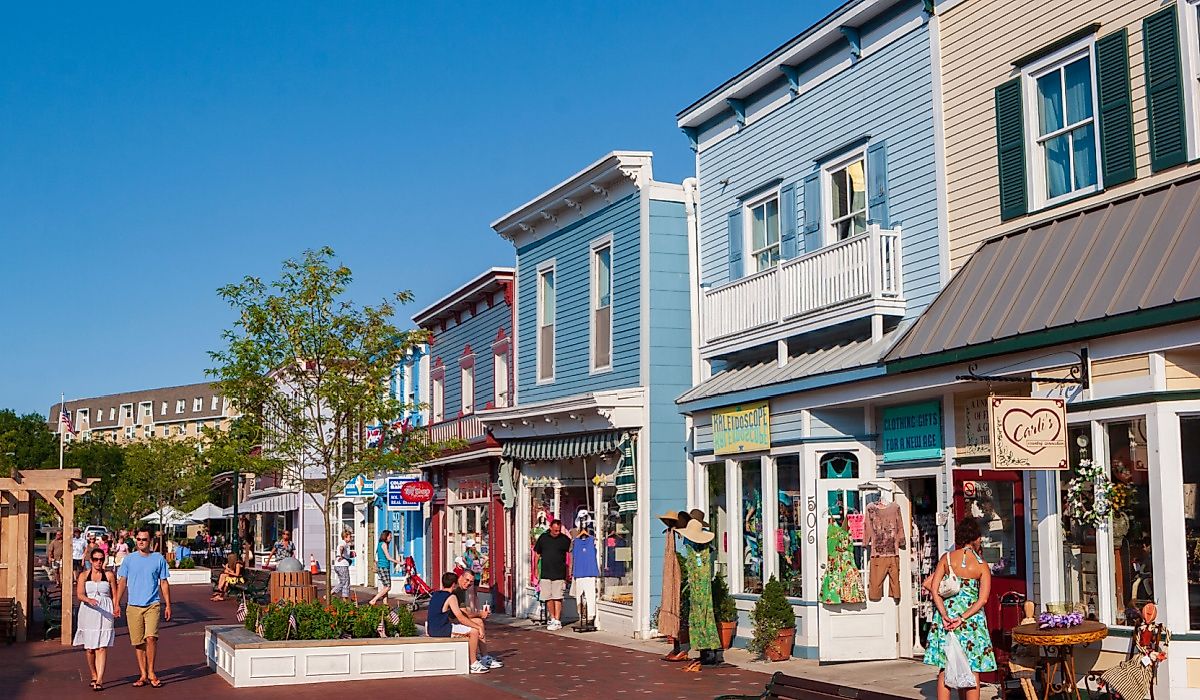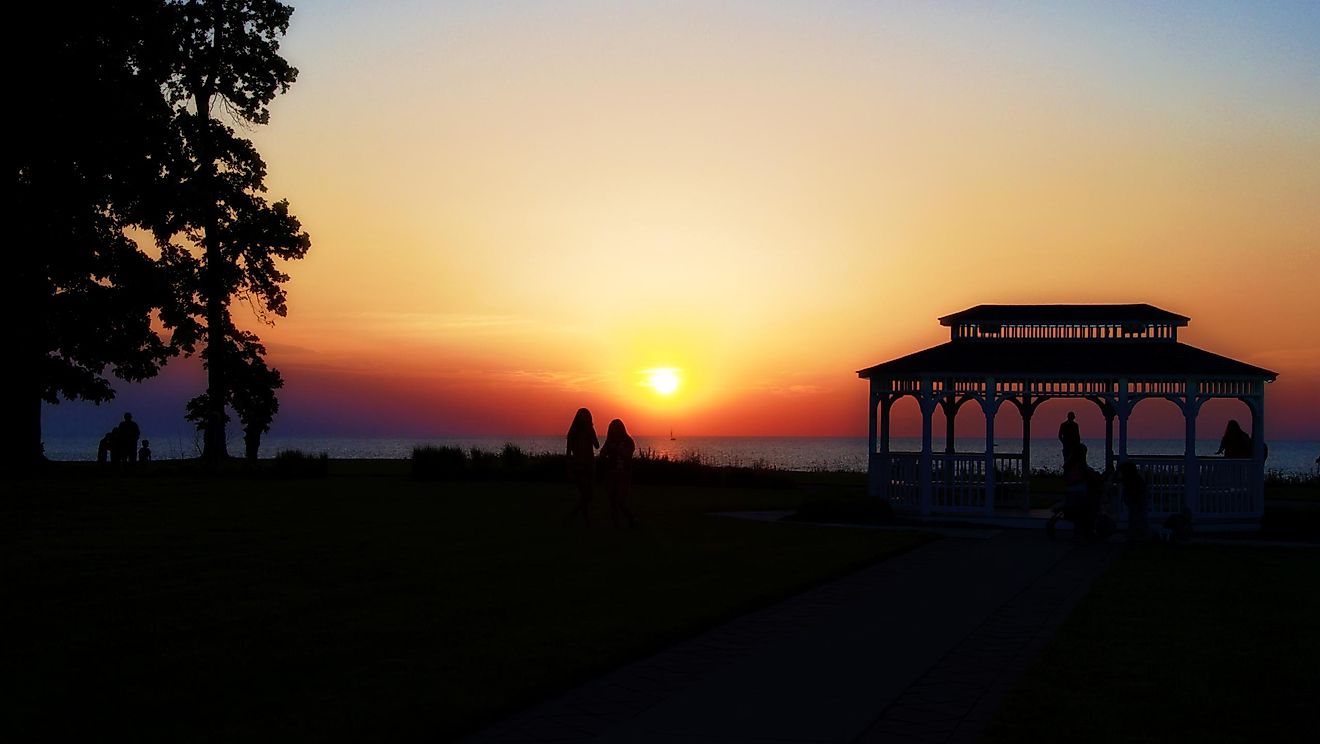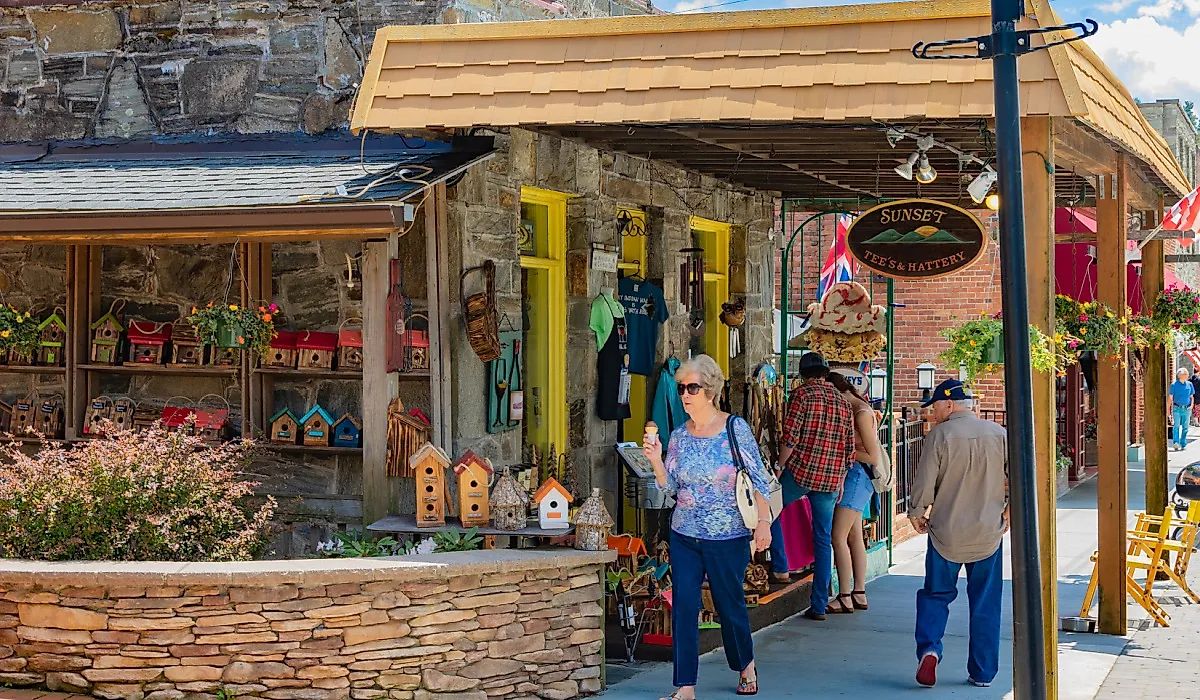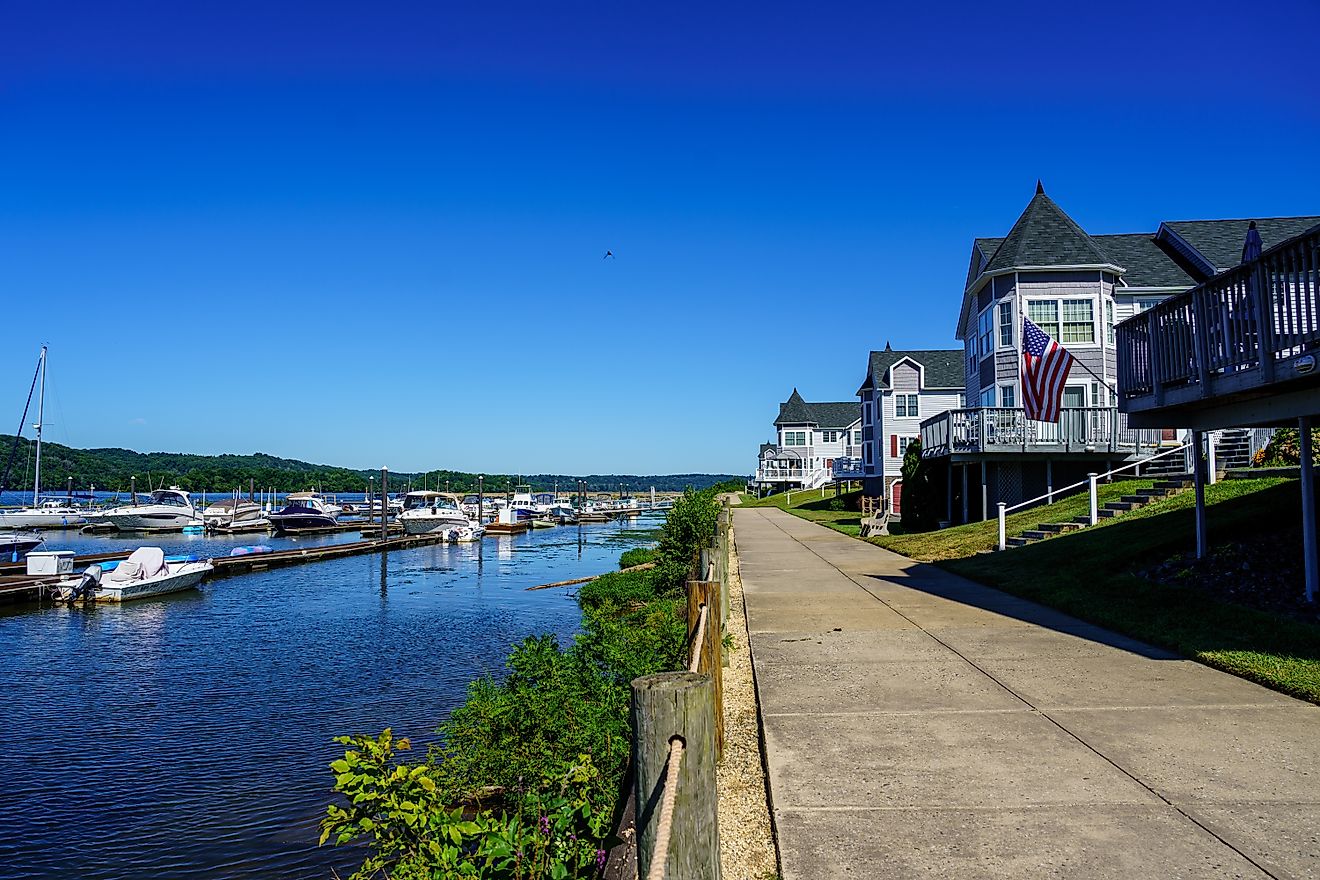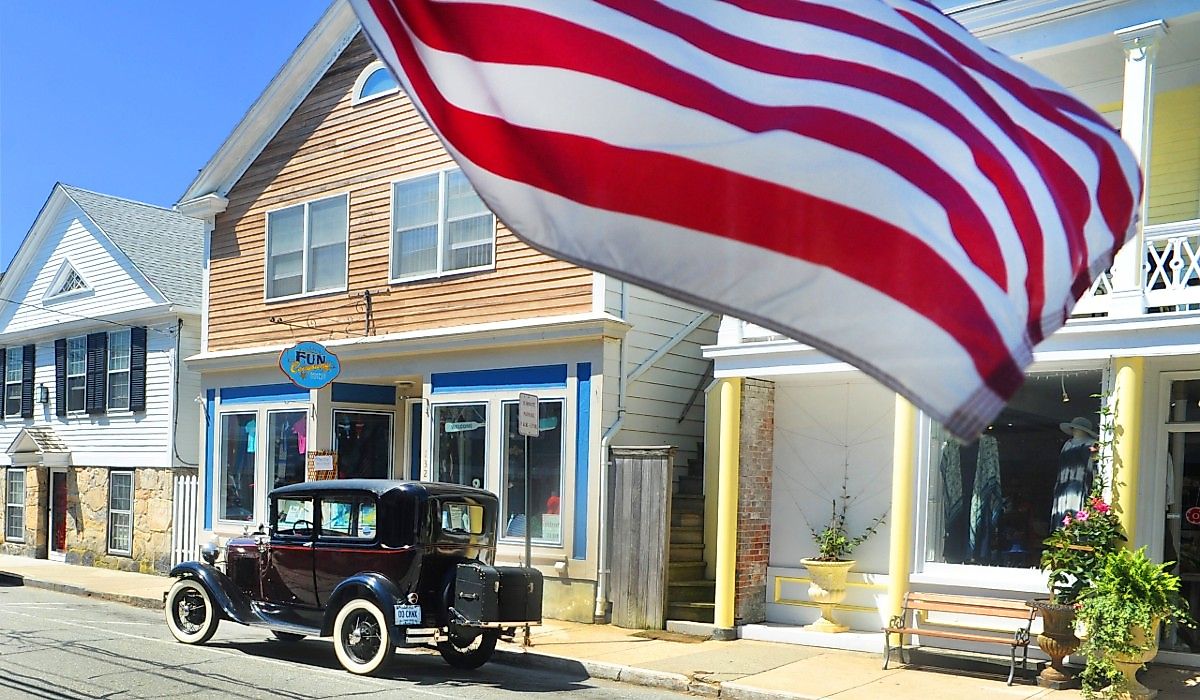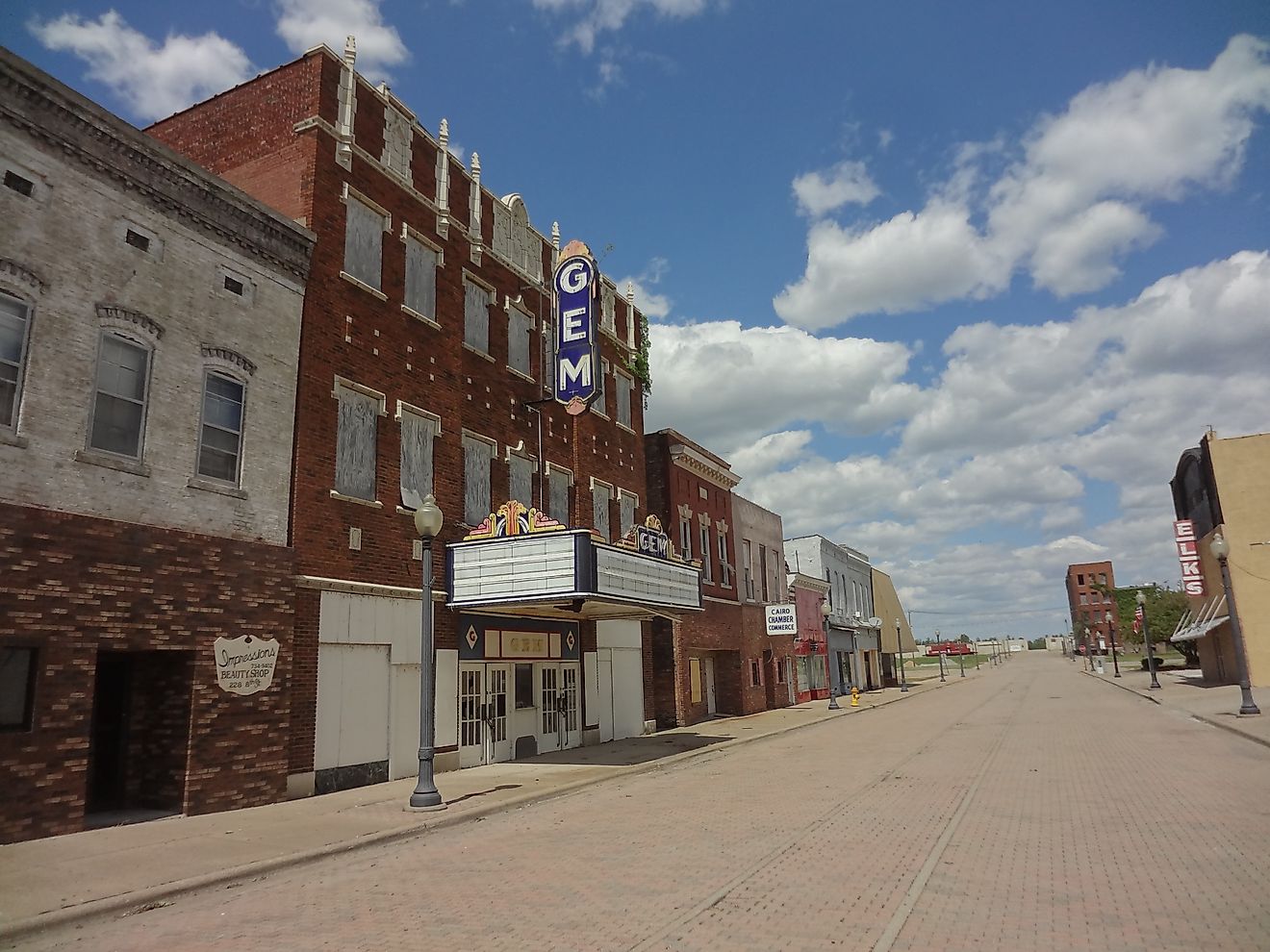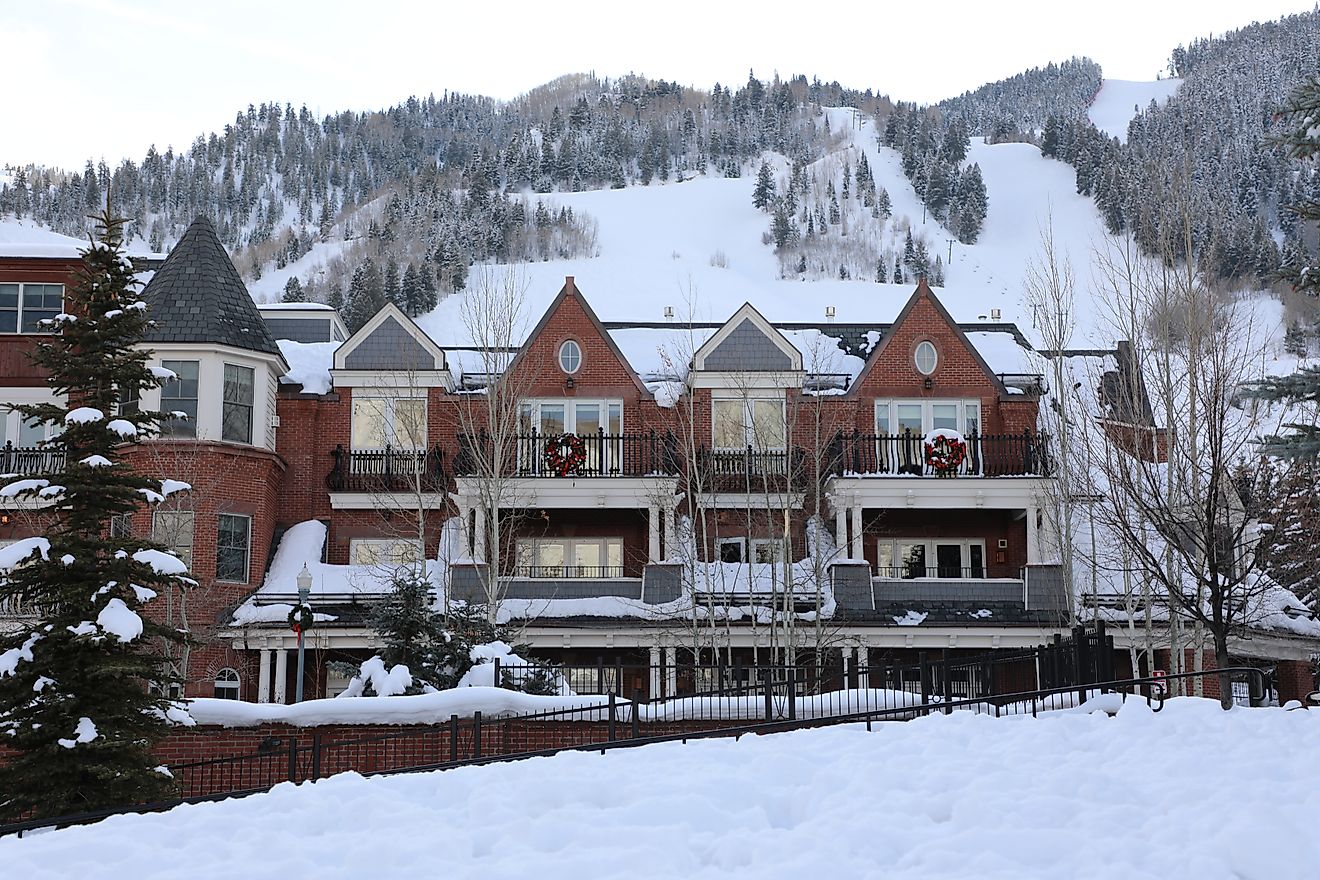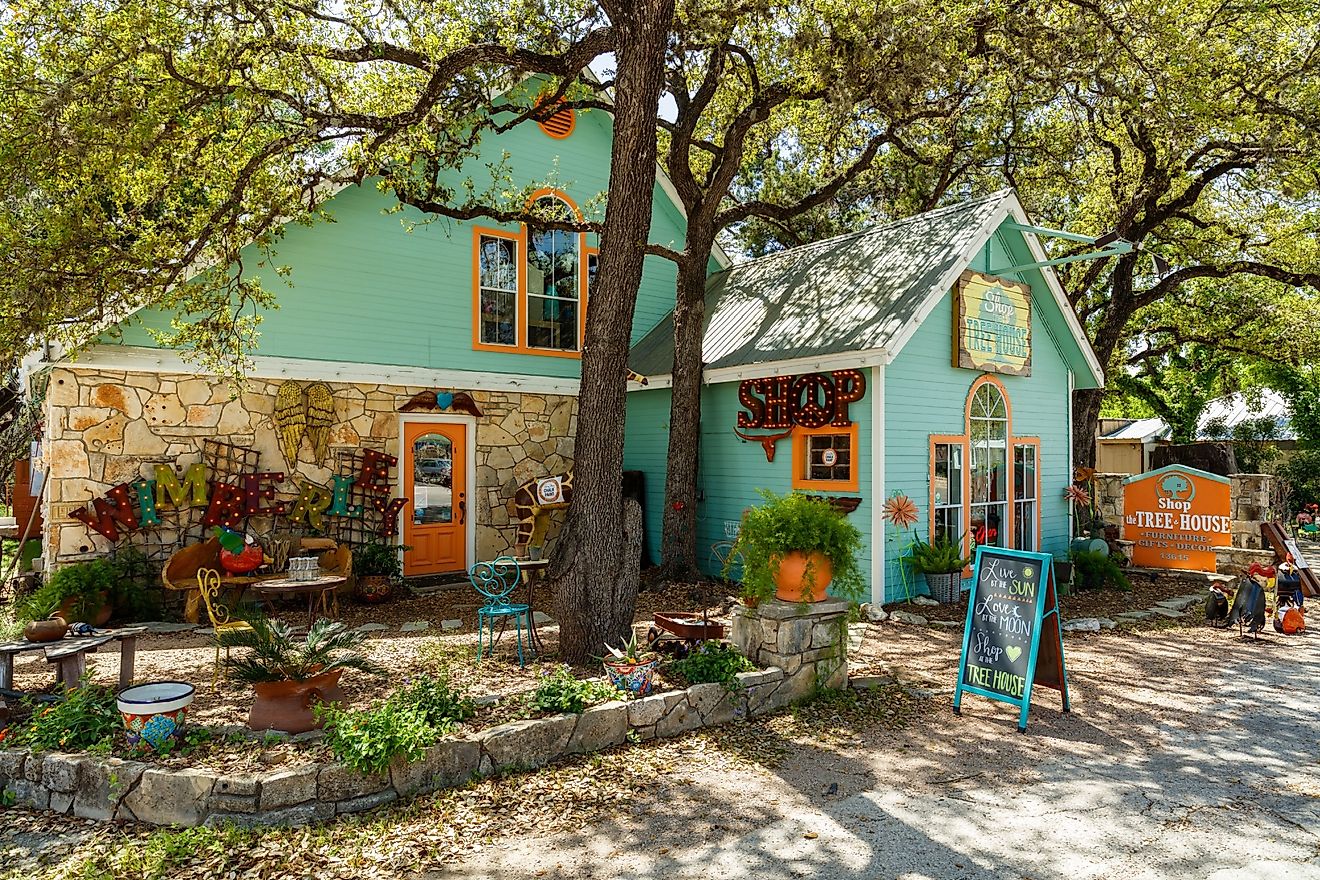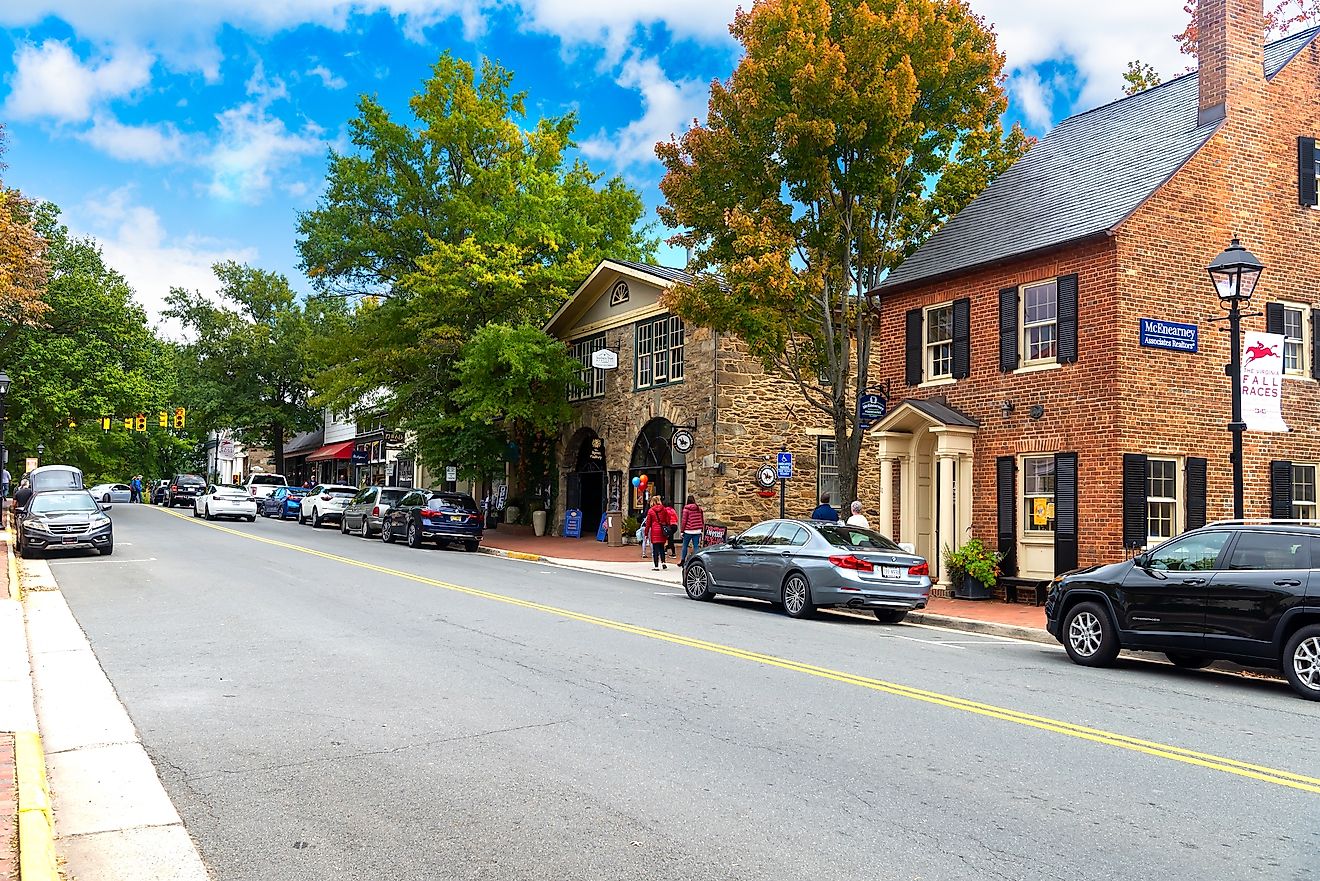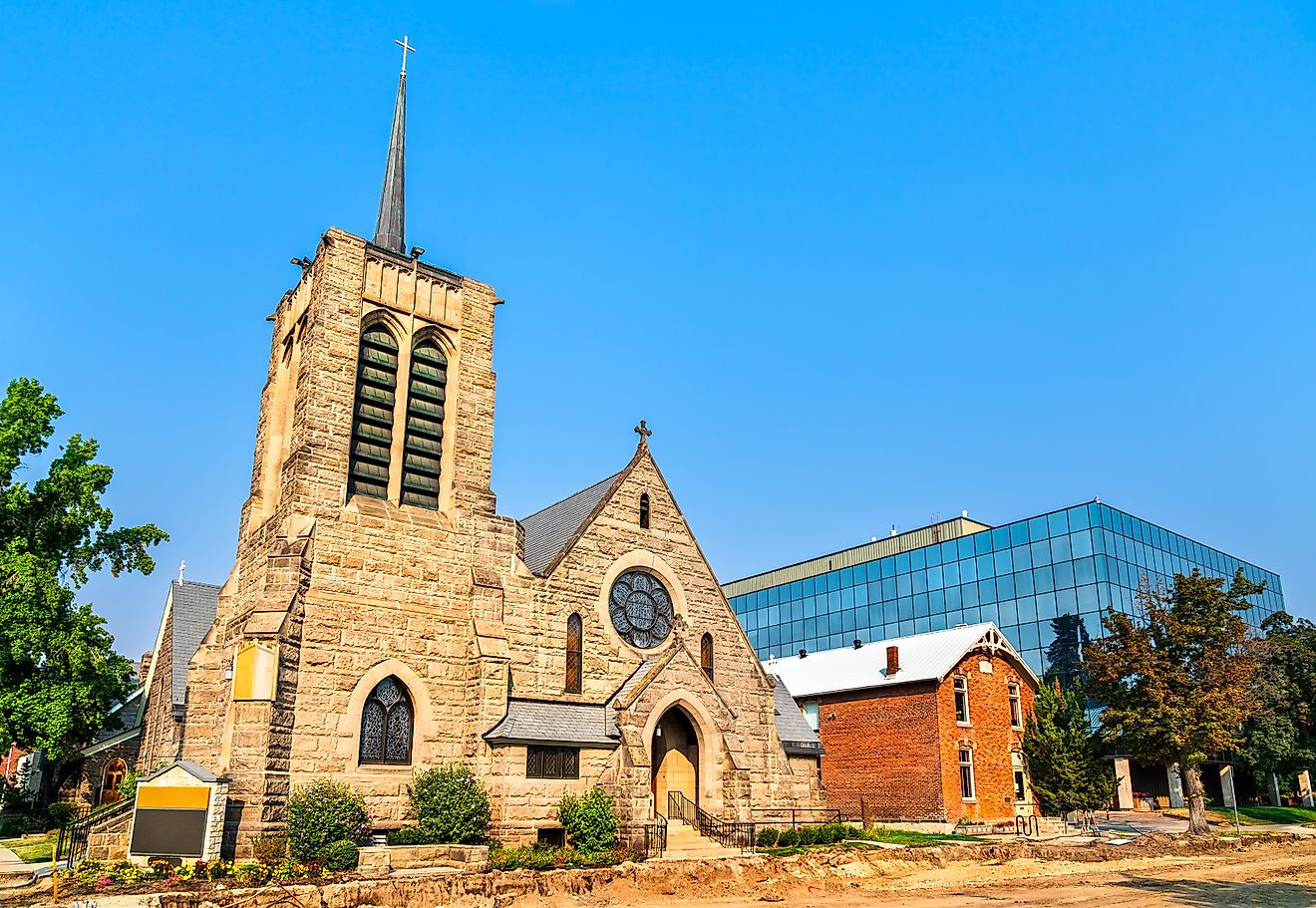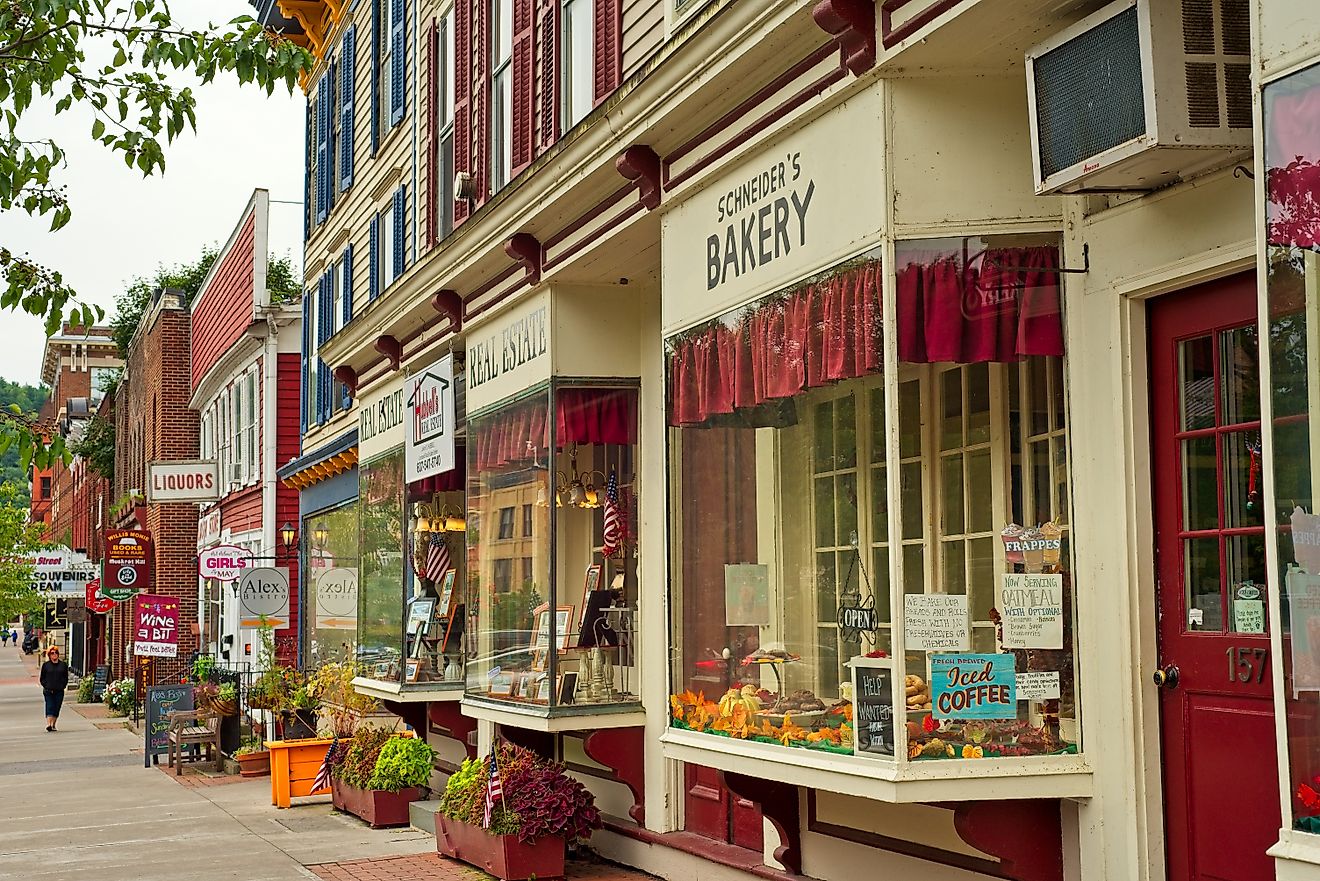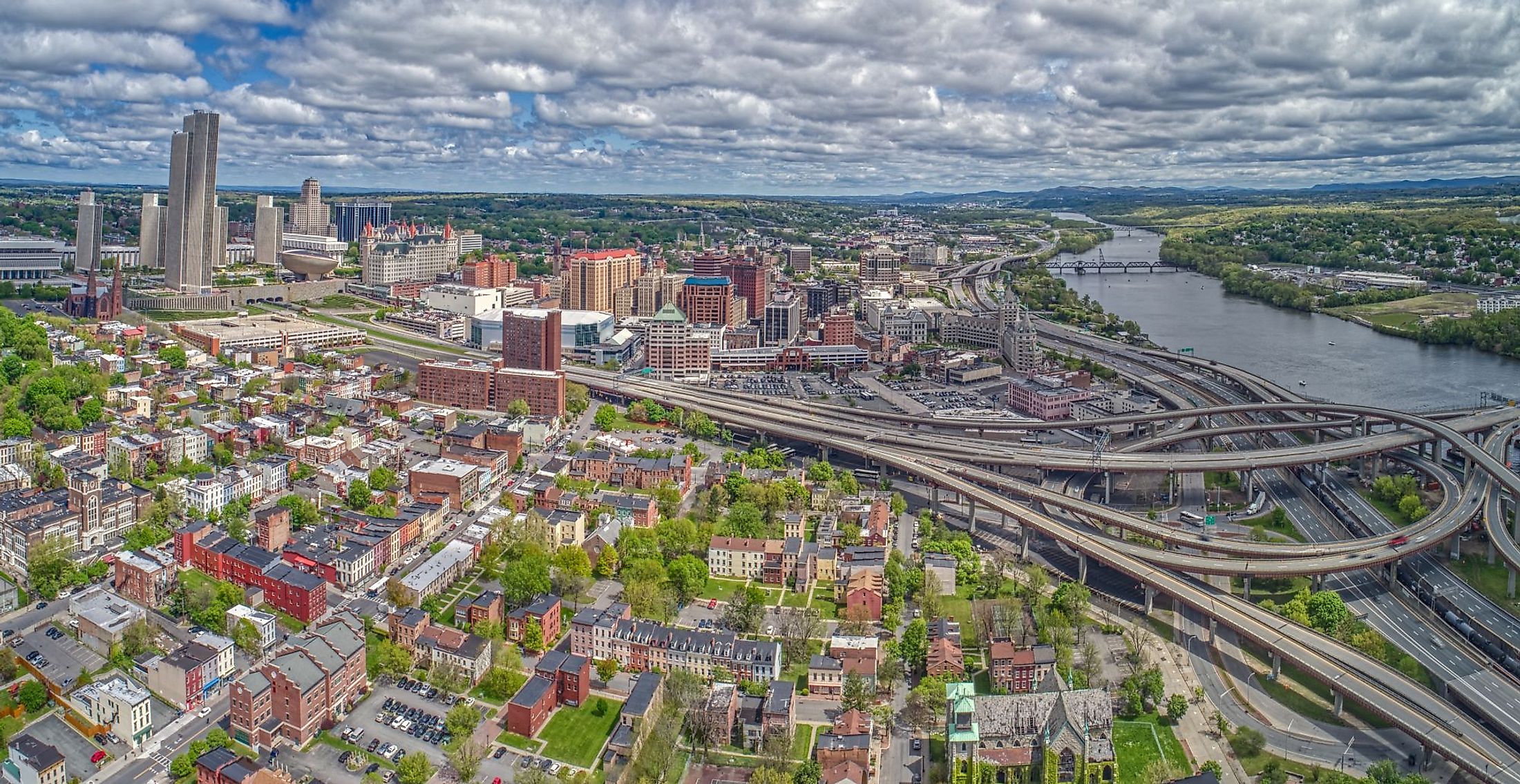
Albany, New York
Placed on the western banks of the Hudson River, Albany, the capital city of New York, United States, is the center of important inventions and crossroads. This historical trading post is home to the Iroquois tribe and was founded over 400 years ago by the Dutch. Albany got its name from the Duke of York’s Scottish royal name, “Duke of Albany,” after the British gained power in this region. At present, visitors can experience a diverse selection of historical and art museums, cruise down the Hudson River with breathtaking views of the city’s skyline and embrace the rich food culture.
Geography And Climate Of Albany
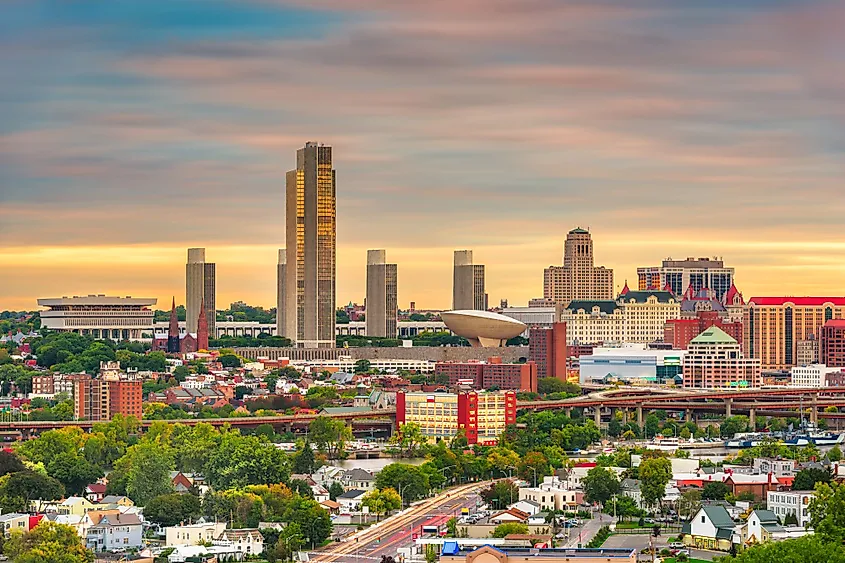
Albany is located 240 kilometers north of New York City, next to the Hudson River. The Hudson River connects routes from the Great Lakes to the New York State Canal System. Sixty-three kilometers northeast of New York State's capital lies the New York, Vermont, and Massachusetts tri-state border monument. Traveling 486 kilometers west flows one of the world's greatest natural wonders - Niagara Falls. Pointing 293 kilometers north is the Canadian border that links New York State to the province of Quebec. This classical city sits at approximately 43 meters above sea level and is crammed between numerous state and national reserves. It borders the great Appalachian Mountains and picturesque lakes.
Albany experiences a humid continental climate with all four seasons. Winters are cold and snowy, thanks to the city's proximity to the large mountain ranges, the Great Lakes, and maritime states. The average low in the winter is - 8˚C with highs of 0˚C. Spring weather is very wet and mild. Temperatures range from – 3˚C to 19˚C, with rainfall becoming heavier and heavier with each spring month. Summers are very warm and humid; temperatures can reach 33˚C and have overnight lows of 17˚C. Rainfall does not slow down during the summer, with an average of 89 mm of rain each month. Autumn is a beautiful time to visit Albany as the scenery shifts into a colorful bliss. The beginning is very warm with highs of 25˚C; then temperatures can drop to 6˚C in the month of November, preparing the locals for winter.
Brief History Of Albany
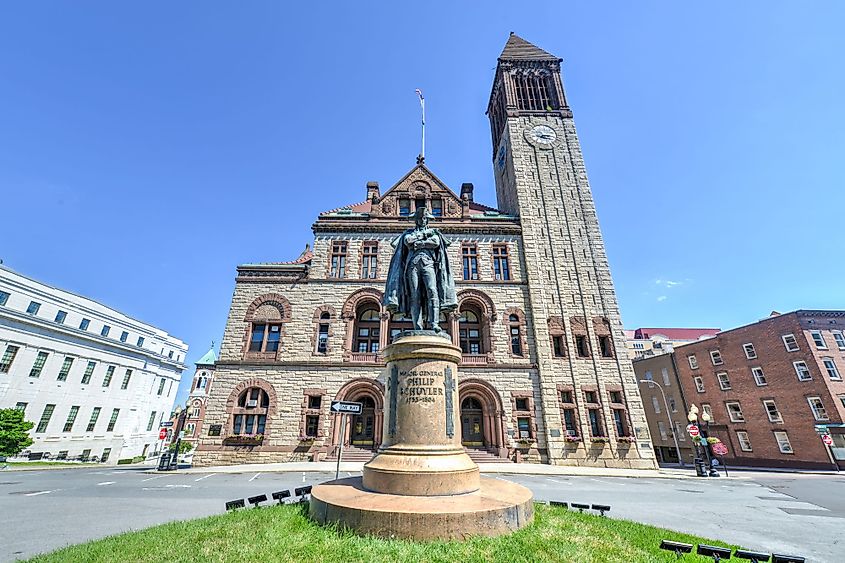
In 1609, Henry Hudson, a British voyager, sailed past Albany on a journey to China that was rerouted upwards on the Hudson River. The Dutch East India company endorsed this exploration. Fast-forward five years, the New Netherland Company constructed Fort Nassau, which is now the Port of Albany. In 1664, the Dutch handed over all rights to the British with no bloodshed. In the year 1714, the population of Albany was 1128 citizens, which included 113 enslaved Africans. The locals at that time could trace their ancestry back to Europe and the West Indies. Eighty years later, when Albany was named the capital of New York State – the population grew to over 5000 residents. One hundred fifty-seven people of color were deemed free, while 526 were enslaved. The underground railroad passed through the city of Albany, which allowed enslaved people to escape from one city to another – eventually reaching safely to Canada. This significant trading hub has been the meeting point of banks, railroads, and international trade. Essential inventions like the telegraph, electric motor, and celluloid plastic were forged in the region. This led to the modern industrialization of fabricating paper, industrial equipment, chemicals, clothing, machine tools, electronics, and dental products.
The Population And Economy Of Albany
New York State’s capital city is modest compared to other state capitals in the US. Based on the latest United States census, Albany has the 6th largest population in the state with 97,478 residents, although the metropolitan area is home to over 600,000 citizens. The city covers 55.4 sq. km, making it the 10th largest city in the state. Municipal and state governments employ around a quarter of the region’s workforce. This has kept the economy very stable over a long period. Other leading industries include healthcare, technology, service, and manufacturing professions. With over 49,000 residents employed, the median household income is $45,825. This makes 22.9% of the population of Albany fall below the poverty line.
Attractions In Albany
New York State Capitol
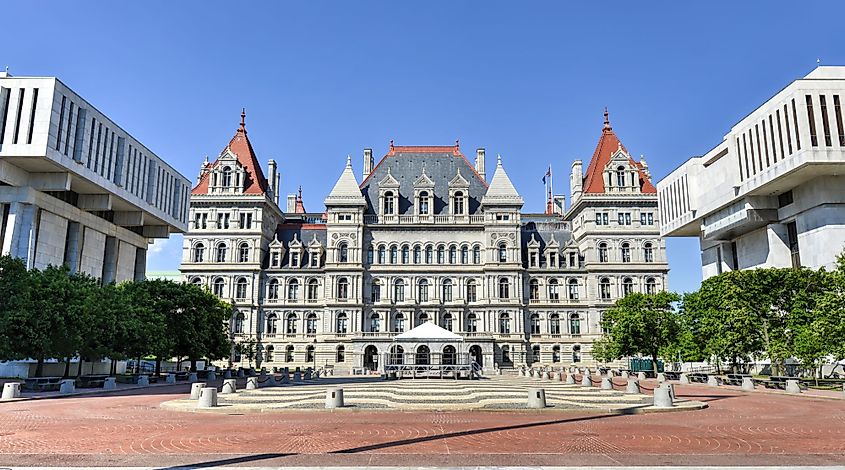
Perched on the hilltop of State Street, this one-of-a-kind capitol building has been in service since the completion of construction in the late 1800s. The 122-meter-long, 91 meters wide, and 5-story tall building is made from mostly granite. The classical architecture was inspired by the Hotel de Ville in Paris, France. The original estimated cost of construction was 4 million dollars, but it ended up costing the city around 25 million dollars. At the time, it was the costliest building in the United States and took nearly 32 years to construct. Today, critics may consider it to be the most beautiful capitol building in the US.
Washington Park
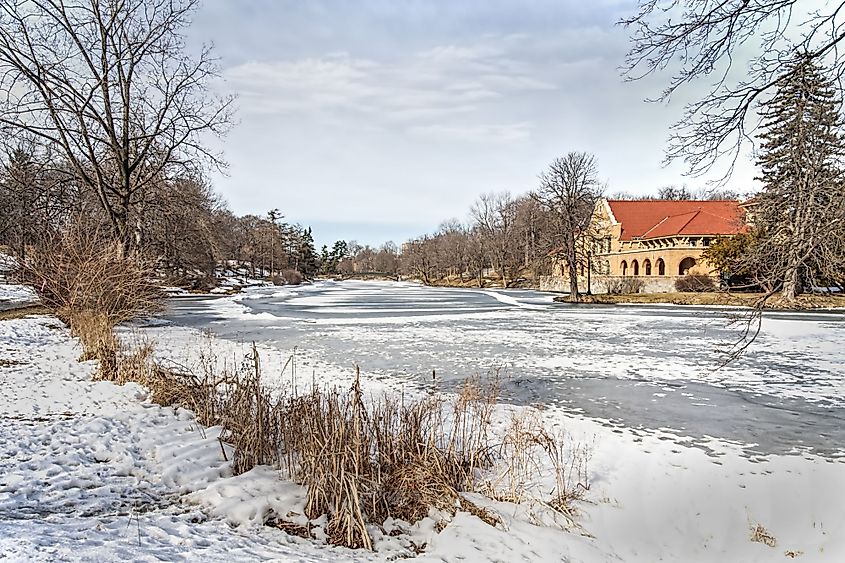
Washington Park is a historical green space in the city's core that covers 89 acres. Visitors can relax by the Washington Park Lake or the beautiful gardens that curve around each footpath. There is space for everyone to enjoy, including running paths, a skate park, basketball, and tennis courts. Each year the city holds a spectacular tulip festival which includes live performances at the Park Playhouse. And a pop-up local farmers market appears on Knox Street Mall, which spans across the entire east side of the park.
New York State Museum
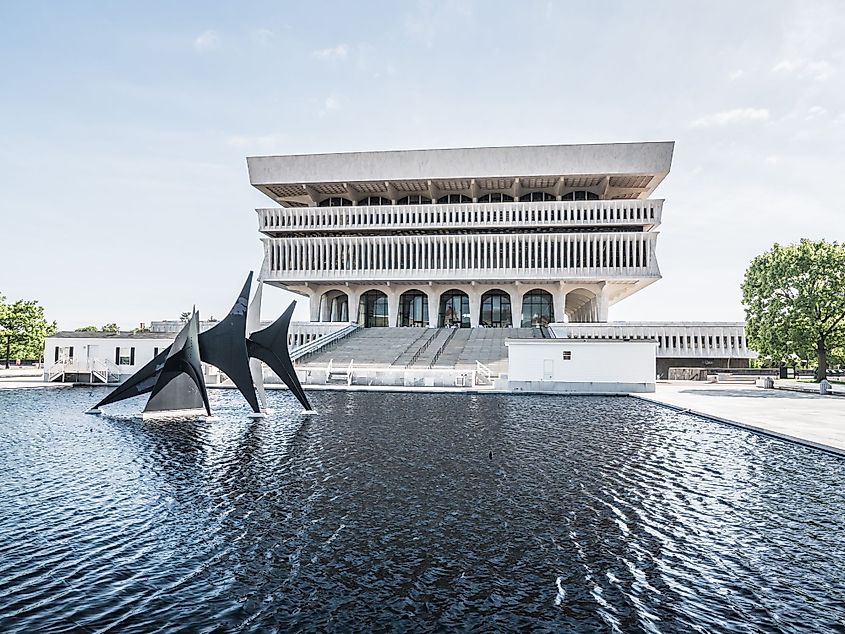
Founded in 1836, the New York State Museum focuses on the discovery of human and natural history in New York. This center of art, history, and science is the most significant and oldest state museum in the US. Covering over 9,200 m2, the museum offers 16 million scientific specimens and over 1 million cultural artifacts. The most prominent tourist attraction in the capital city brings in 500,000 visitors a year.
